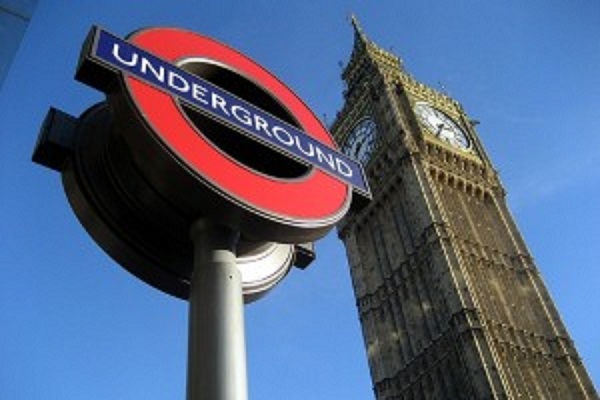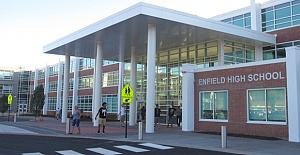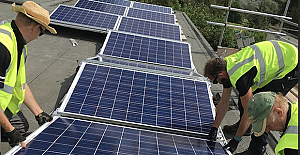In 40 years’ time the UK will be a more diverse but more integrated society, according to research at the University of Leeds, funded by the Economic and Social Research Council (ESRC). Ethnic minorities will make up a fifth of the population but they will be less concentrated in the big cities, the report says.
“At a regional level, the ethnic minorities will shift out of deprived inner city areas to the suburbs and surrounding towns,” says Professor Philip Rees, who led the research. “This echoes the way that white groups have migrated in the past with the growth of the middle classes. In particular the Black and Asian populations of affluent local authorities will increase significantly.”
The main aims of the research were to understand the impact that immigration from and emigration to other countries is having on the size and structure of the UK population at a local level and the demographic changes that local ethnic populations are likely to experience over the next 40 years.
The results suggest that the sustained growth of ethnic minority groups over the period 2001-2051 will be driven by demographic factors such as future fertility and mortality rates, immigration and emigration flows and migration between local authorities within the UK.
The key projections for 2051 are:
• The UK population could reach almost 78 million (from 59 million in 2001)
• The ethnic minority share of the population will increase from 8 per cent (2001) to 20 per cent
• The White British, White Irish and Black Caribbean groups will experience the slowest growth
• The Other White (originating in Europe, Australasia and the USA), Mixed groups and Other Ethnic groups (from outside South Asia and Africa) will experience the largest growth
• Ethnic minorities will disperse to more affluent areas and be significantly less segregated from the rest of the population in 2051 than in 2001.
The report says that the chief factor driving the faster growth of the Other White group is immigration from Europe. Traditional immigrant groups from India, Pakistan and Bangladesh are also predicted to grow as a result of immigration and because they have young age structures.
“One of the most surprising findings was the scale of increase in the so-called Other Ethnic groups representing people from lots of other countries outside of the main origin groups” says Professor Rees.
International migration remains an important factor in predicting population make up, but the researchers say that current government immigration policies are unlikely to radically change the ethnic composition of the UK population in 2051.
“The points system that selects skilled migrants applies only to a minority of migration flows and does not affect migration from other EU states, and entry by refugees and asylum seekers. In 2051 the UK will have a larger and more ethnically diverse population,” says Professor Rees. In addition, a large part of the future growth of ethnic minority populations is built into their youthful age structure, irrespective of the future level of immigration from abroad.


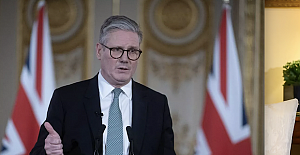 Prime Minister Keir Starmer's 2025 Easter message
Prime Minister Keir Starmer's 2025 Easter message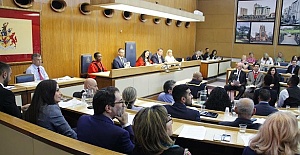 After Nesil Caliskan a by-election will be held in Jubilee ward in Enfield
After Nesil Caliskan a by-election will be held in Jubilee ward in Enfield Publishing the analysis, Labour’s Cllr Ergin Erbil said Everybody in Enfield deserves basic rights
Publishing the analysis, Labour’s Cllr Ergin Erbil said Everybody in Enfield deserves basic rights Gaza-Israel conflict Statement from Cllr Ergin Erbil, Leader of Enfield Council
Gaza-Israel conflict Statement from Cllr Ergin Erbil, Leader of Enfield Council UK AMBASSADOR TO TURKEY VISITS FETHIYE
UK AMBASSADOR TO TURKEY VISITS FETHIYE Journalists from Europe held the Turkish Media Workshop in Skopje
Journalists from Europe held the Turkish Media Workshop in Skopje The European Union called on Turkey to uphold democratic values
The European Union called on Turkey to uphold democratic values Turkish citizens in London said Rights, Law, Justice
Turkish citizens in London said Rights, Law, Justice The 'Prince of Paris' has impressed in his first EuroLeague season
The 'Prince of Paris' has impressed in his first EuroLeague season Saran Media And Euroleague Basketball Extend Media Rights Partnership for Four More Years
Saran Media And Euroleague Basketball Extend Media Rights Partnership for Four More Years Will Rangers be Jose Mourinho’s next victim?
Will Rangers be Jose Mourinho’s next victim? Jose Mourinho's Fenerbahce face Rangers on Thursday
Jose Mourinho's Fenerbahce face Rangers on Thursday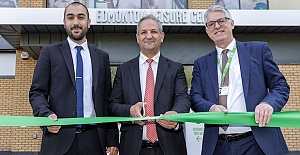 Residents welcomed back to Edmonton Leisure Centre
Residents welcomed back to Edmonton Leisure Centre Barclays has become the biggest UK lender so far to cut mortgage rates
Barclays has become the biggest UK lender so far to cut mortgage rates THE SPRING STATEMENT EXPLAINED, UK ECONOMIC OUTLOOK AND GROWTH FORECASTS
THE SPRING STATEMENT EXPLAINED, UK ECONOMIC OUTLOOK AND GROWTH FORECASTS Launch of Made in Enfield gift shop to celebrate local artists and designers
Launch of Made in Enfield gift shop to celebrate local artists and designers








